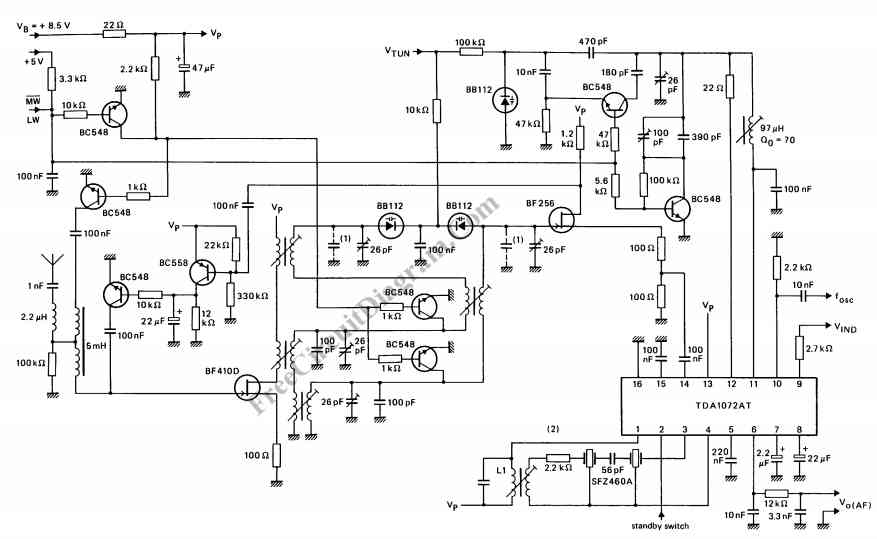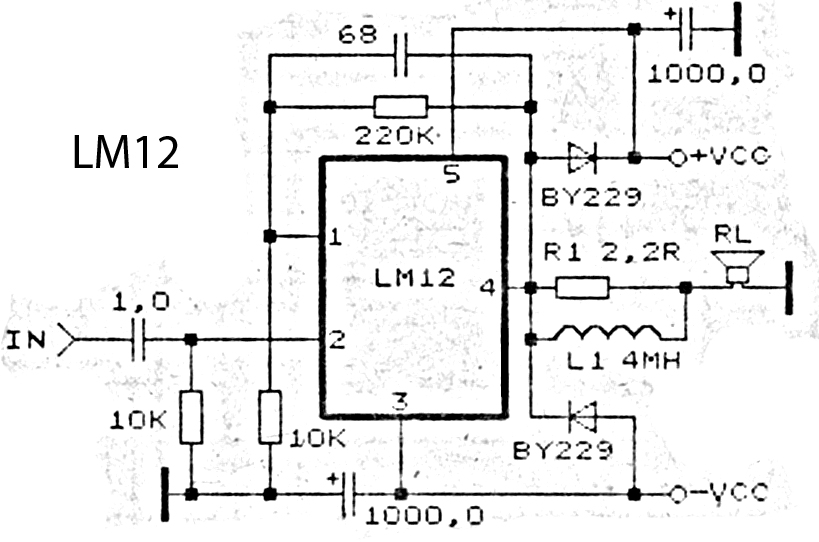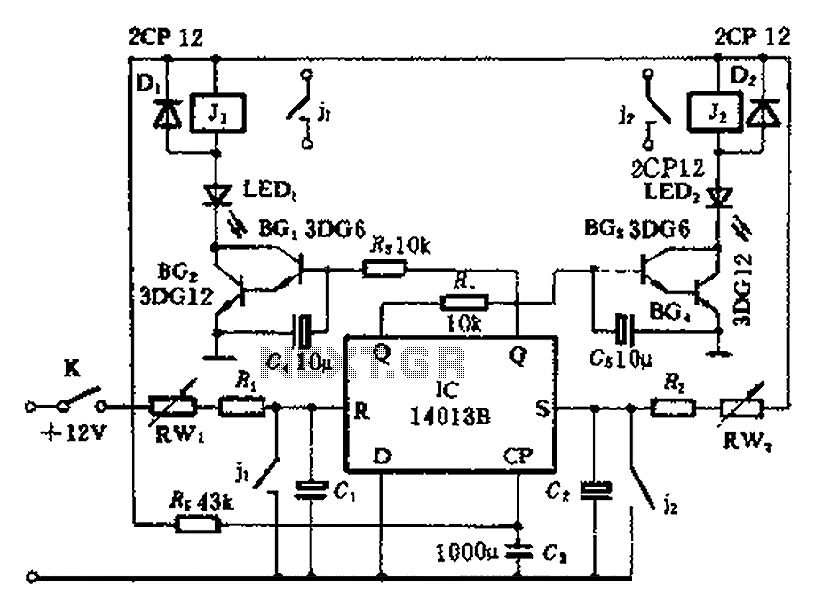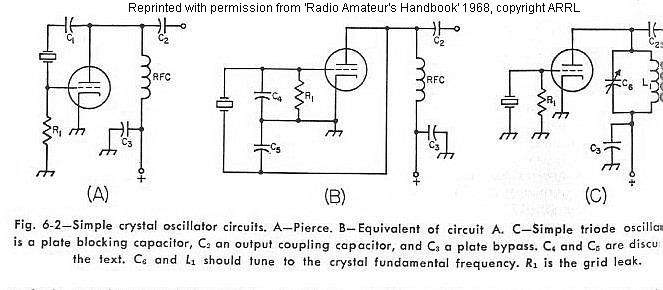
High voltage speed optocoupler and application circuit diagram
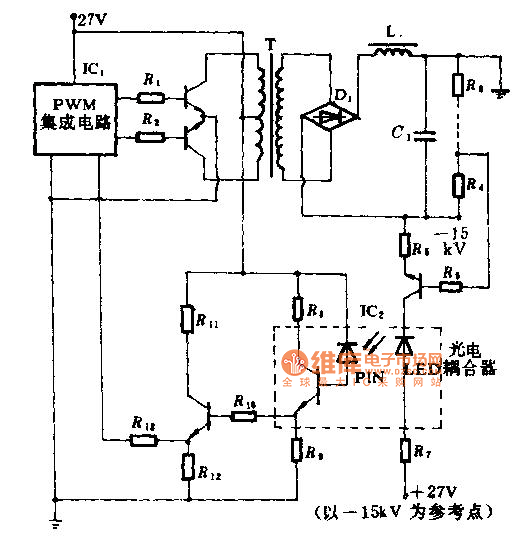
The technical parameters of high-speed optocouplers include a rise time (t1) of less than or equal to 300 ns, a circuit transfer ratio (CTR) of 50%, an isolation voltage (VSO) of at least 15,000 V, and an output transistor reverse breakdown voltage (V(BR)CEO) of at least 50 V. These optical couplers are commonly utilized in high-voltage isolators, high-voltage pulse transformers, and high-voltage power circuit voltage stability control systems. The control systems are employed in high-voltage regulator circuits. The fast high-voltage electrical coupling in this circuit serves two primary functions: it facilitates the output voltage feedback loop in the input circuit while ensuring high-voltage isolation between low-voltage circuits, and it provides a high output voltage feedback signal. It is important to note that the high-pressure side requires a +27 V DC power supply, which must be independent and have a voltage level exceeding 15 kV.
High-speed optocouplers are essential components in modern electronic systems, especially in applications requiring efficient isolation and signal transfer across different voltage domains. The rise time of less than or equal to 300 ns indicates the rapid response of these devices, making them suitable for high-frequency applications. The circuit transfer ratio of 50% signifies that the output signal strength is half of the input signal strength, which is adequate for many control and feedback applications.
The isolation voltage rating of at least 15,000 V ensures that the optocoupler can safely operate in high-voltage environments without risk of breakdown or signal interference between the high-voltage and low-voltage sides. The reverse breakdown voltage of at least 50 V for the output transistor further enhances the reliability of the optocoupler in circuits where transient voltages may occur.
In high-voltage regulator circuits, these optocouplers play a critical role by providing feedback from the output to the input circuit, allowing for precise regulation of voltage levels while maintaining electrical isolation. This isolation is crucial for protecting sensitive low-voltage components from high-voltage spikes or noise, thereby ensuring the integrity and stability of the entire system.
The requirement for a +27 V DC power supply on the high-pressure side, which must exceed 15 kV, indicates the need for careful design considerations in power management and safety measures. This independent power supply arrangement helps maintain the necessary voltage levels for proper operation while minimizing the risk of interference or damage to the low-voltage side of the circuit.
Overall, high-speed optocouplers are indispensable in applications where high-voltage isolation, rapid signal transfer, and reliable feedback mechanisms are necessary for the effective operation of electronic systems.High speed optocouplers technical parameters are: Rise time t1 ‰¤ 300ns; Circuit eye transfer ratio CTR = 50%; Isolation voltage VSO ‰¥ 15000V; Output transistor reverse breakdown voltage V (BR) CEO ‰¥ 50V. The optical coupler can be widely used for the high-voltage isolators, high-voltage pulse transformers and high-voltage power circuit voltage stability control system.
T he control systems is used for high voltage regulator circuit. The fast high-voltage electrical coupling in this circuit play two roles. First one is to achieve the output voltage feedback loop in the input circuit and high voltage isolation between the low-voltage circuits; The other role is to achieve high output voltage feedback signal. Note: The high pressure side +27 V DC power supply is independent, but its pressure level must be greater than 15KV.
🔗 External reference
High-speed optocouplers are essential components in modern electronic systems, especially in applications requiring efficient isolation and signal transfer across different voltage domains. The rise time of less than or equal to 300 ns indicates the rapid response of these devices, making them suitable for high-frequency applications. The circuit transfer ratio of 50% signifies that the output signal strength is half of the input signal strength, which is adequate for many control and feedback applications.
The isolation voltage rating of at least 15,000 V ensures that the optocoupler can safely operate in high-voltage environments without risk of breakdown or signal interference between the high-voltage and low-voltage sides. The reverse breakdown voltage of at least 50 V for the output transistor further enhances the reliability of the optocoupler in circuits where transient voltages may occur.
In high-voltage regulator circuits, these optocouplers play a critical role by providing feedback from the output to the input circuit, allowing for precise regulation of voltage levels while maintaining electrical isolation. This isolation is crucial for protecting sensitive low-voltage components from high-voltage spikes or noise, thereby ensuring the integrity and stability of the entire system.
The requirement for a +27 V DC power supply on the high-pressure side, which must exceed 15 kV, indicates the need for careful design considerations in power management and safety measures. This independent power supply arrangement helps maintain the necessary voltage levels for proper operation while minimizing the risk of interference or damage to the low-voltage side of the circuit.
Overall, high-speed optocouplers are indispensable in applications where high-voltage isolation, rapid signal transfer, and reliable feedback mechanisms are necessary for the effective operation of electronic systems.High speed optocouplers technical parameters are: Rise time t1 ‰¤ 300ns; Circuit eye transfer ratio CTR = 50%; Isolation voltage VSO ‰¥ 15000V; Output transistor reverse breakdown voltage V (BR) CEO ‰¥ 50V. The optical coupler can be widely used for the high-voltage isolators, high-voltage pulse transformers and high-voltage power circuit voltage stability control system.
T he control systems is used for high voltage regulator circuit. The fast high-voltage electrical coupling in this circuit play two roles. First one is to achieve the output voltage feedback loop in the input circuit and high voltage isolation between the low-voltage circuits; The other role is to achieve high output voltage feedback signal. Note: The high pressure side +27 V DC power supply is independent, but its pressure level must be greater than 15KV.
🔗 External reference
Warning: include(partials/cookie-banner.php): Failed to open stream: Permission denied in /var/www/html/nextgr/view-circuit.php on line 713
Warning: include(): Failed opening 'partials/cookie-banner.php' for inclusion (include_path='.:/usr/share/php') in /var/www/html/nextgr/view-circuit.php on line 713
